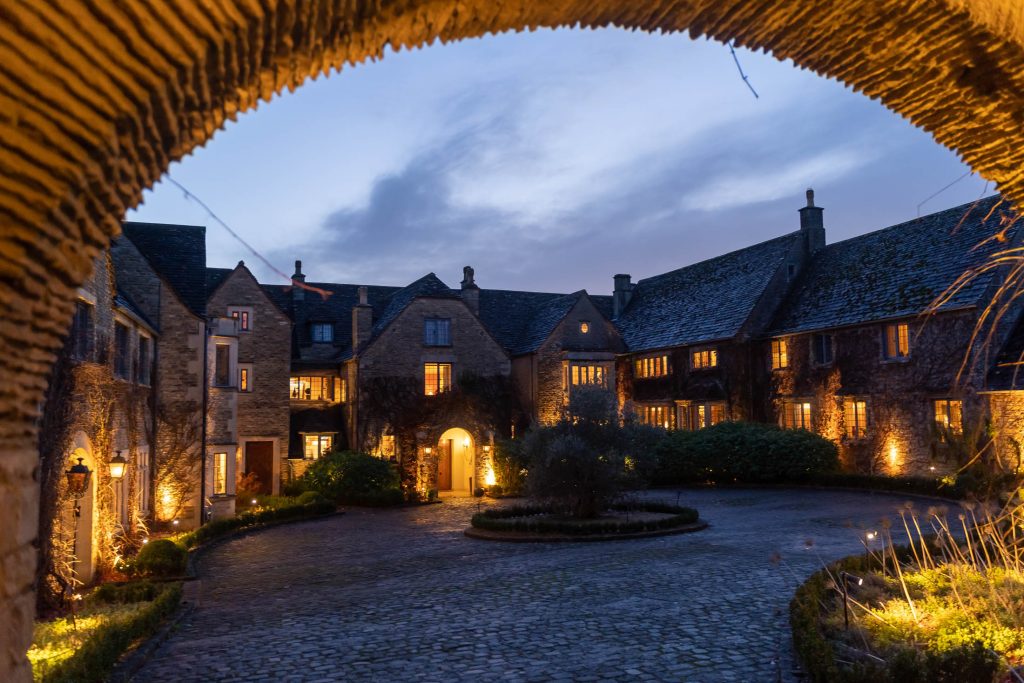Head Gardener, David Pearce met Gardens Illustrated to explain how he blends the heritage of Whatley’s Gardens with a forward thinking approach to sustainable horticulture.
Earliest gardening memory Taking it upon myself to propagate Carex pendula, the pendulous sedge, around the family garden. It’s a fairly pernicious weed but was none-the-less a clear favourite of my four-year-old self, with its architectural seedheads, glossy evergreen foliage, and child-appealing scale.
Is gardening a career change? I am not a career changer, as such. However, I feel so little is done in schools to promote careers in horticulture that to make it your career you’re almost expected to have an epiphanic moment – which I had to reach mostly by myself, but still with more assistance than most.
Most valuable training The Diploma at RHS Garden, Wisley provided me with a good knowledge of individual plants. Some related travel, which allowed me to observe how those same plants interact with their environment, focused my cultivation knowledge. That in combination with greater ecological understanding has helped me apply plants more successfully in the wider garden collective.
How do you remind yourself what needs doing next I use several notepads. While I break down maintenance aspects into weekly and monthly jobs, all the development and planting alterations are written in an annual notepad, so I remember what needs doing when it’s no longer obvious.
Biggest challenge facing gardeners In a changing climate, we can ultimately change the plants we grow. However, foreign pests and diseases are difficult to adapt to. It is becoming increasingly important to cultivate plants in diverse garden ecosystems, similar to how they have grown for millennia.
How to garden more sustainably While growing vegetables, annuals and biennials from seed is common practice, growing trees and herbaceous perennials from seed is still quite shied away from. Some very easy perennials that can be grown quickly from seed are giant scabious (Cephalaria gigantea), milky bellflower (Campanula lactiflora ‘Prichard’s Variety’) and cupid’s dart (Catananche caerula).
In what direction do you see horticulture heading? Applied horticulture is finally (and scientifically) starting to be recognised for its ecological and environmental benefits. Horticulture will (hopefully) lead to everyday gardens becoming one giant, beautifully diverse and connected nature reserve that spreads across the country; an ecological mosaic.









